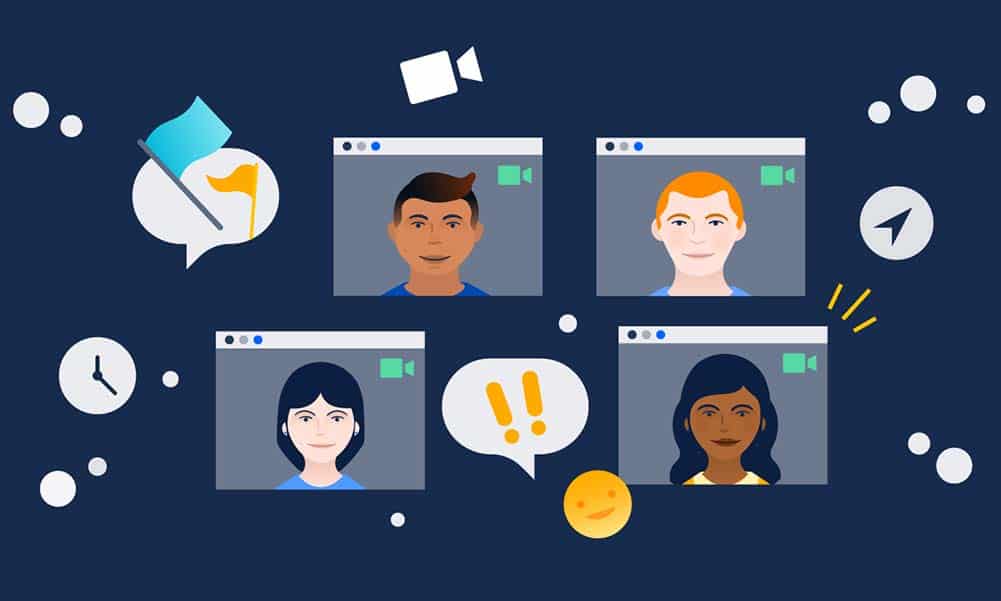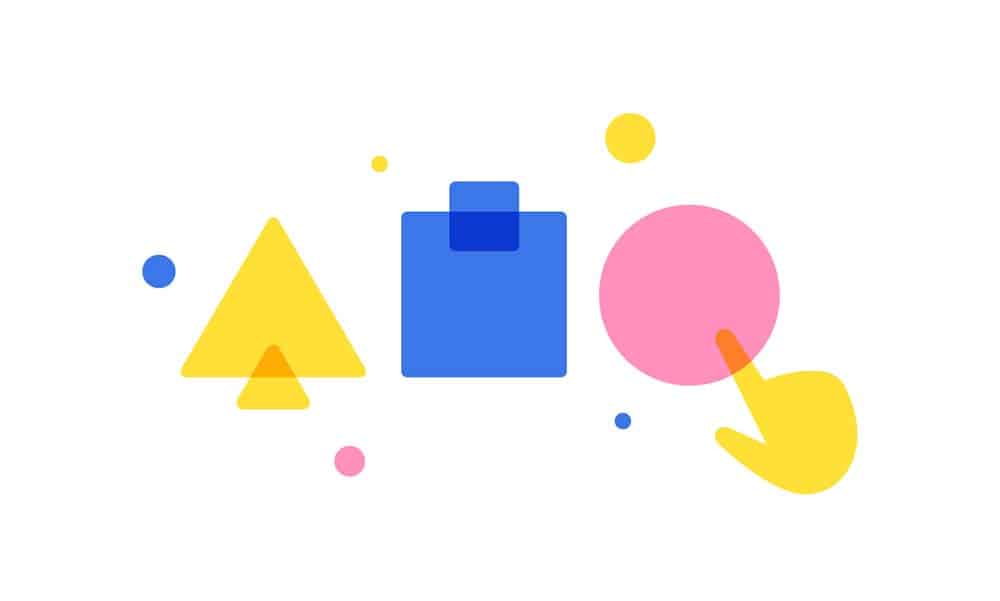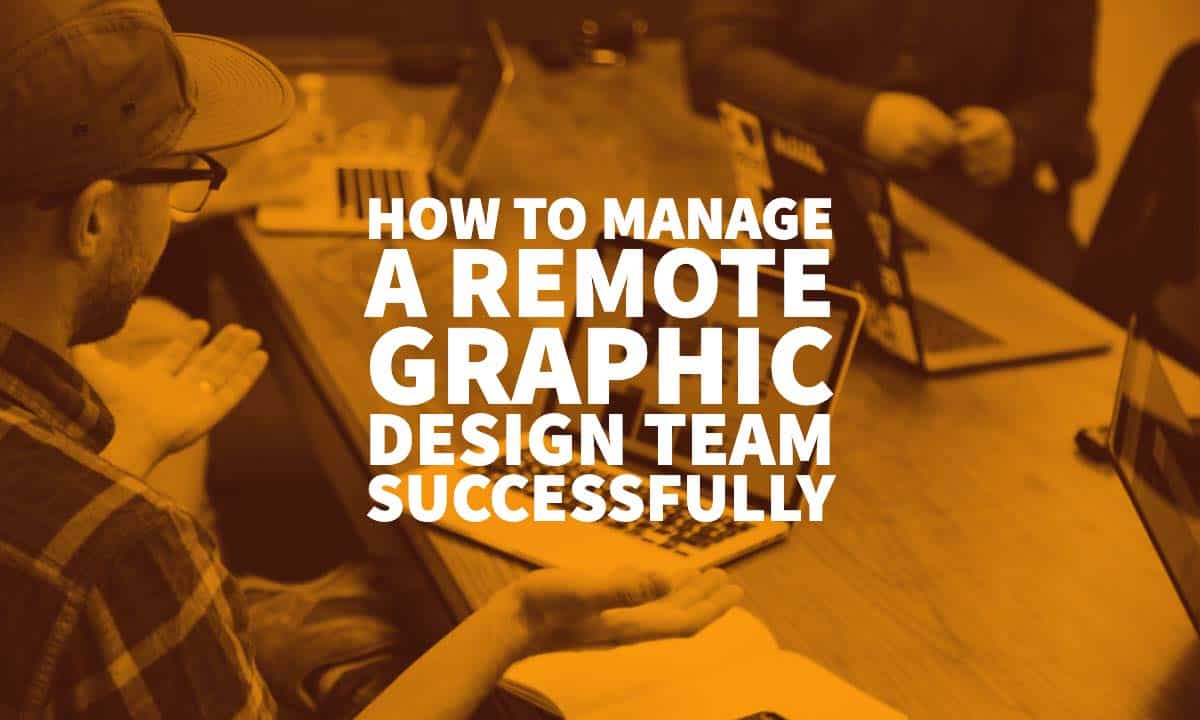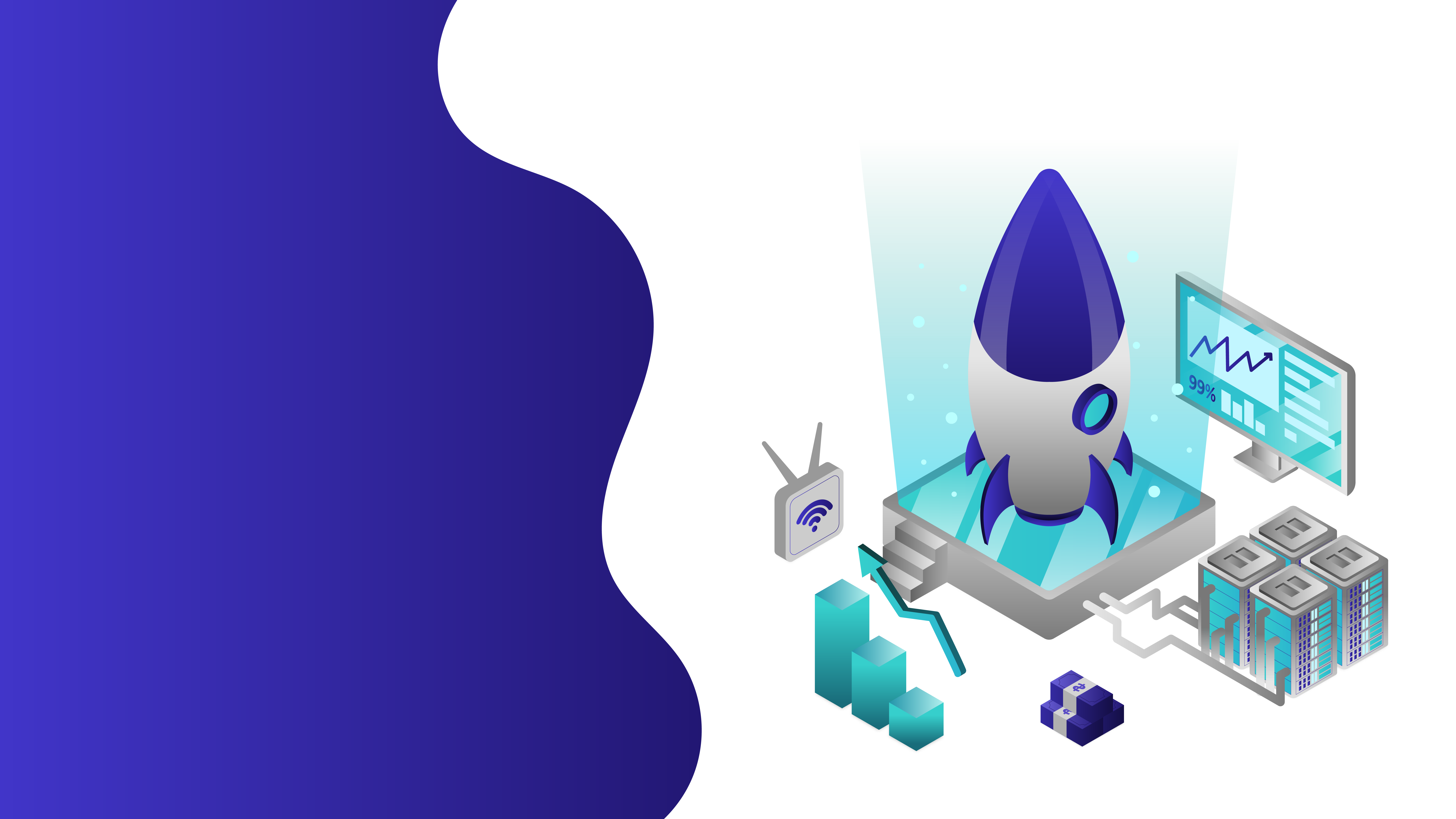
02 Jan How to Manage a Remote Graphic Design Team Successfully
How to Manage a Remote Graphic Design Team Successfully
Everyone wants a team that works efficiently and achieves everything it sets out to do.
While we don’t all get what we want, some of it may come down to how a team is organised and equipped rather than who’s doing the work.
If you’re in charge of a remote graphic design team, it’s time to learn how to optimise your team and equip them to become more successful at their work.
Remote Graphic Design Teams

While all teams have some characteristics in common, remote graphic design teams precisely fit into two different categories.
Firstly, they are partially or fully remote, meaning all interactions within the team are done exclusively over the internet or phone lines.
Remote design teams can take advantage of talent from around the world, allowing each team member to work where they feel most comfortable and adapt their work-life to fit their preferred lifecycle.
Graphic design teams are creative teams.
While creative teams do have hard deadlines and defined milestones, there is a higher level of flexibility that needs to exist for an innovative team to be successful.
Designers need to follow the right design process, including having the team to think and experiment to find the best way forward.
Considering these two characteristics, managers have to think about the specifics of their team before taking any steps to improve how it functions.
What Makes a Design Team Successful?

Every team should be held to standards that make sense for it as a separate entity.
There is no one measuring stick for the success of a team.
With remote graphic design teams, you have a few specific areas you need to focus on.
Each of these areas comes with its challenges for remote graphic design teams.
Performance
The purpose of any team is to produce good results.
As much as those results may vary, they must be there.
Graphic design teams should be performing as expected, getting the work done on time and in a satisfactory way.
Especially for remote teams, this is a fundamental measuring stick for success.
If you’re not getting the results you want, or you’re not getting those results in the specified timeframe, there’s a problem you need to address.
A challenge for remote teams is monitoring and measuring progress.
You want to be able to check up on projects as they’re ongoing, and you need to see who contributed in what way.
Performance should be measured for individuals and the team as a whole.
Communication
All teams need to be sharing relevant information between members.
At a minimum, each person should have as much information as they need to do their jobs well.
New information shouldn’t be thrown into the mix unexpectedly, and people should not be caught off guard by messages that weren’t passed to them when they should have been.
Often with remote teams, communication can be the trickiest part of the equation.
You can’t just walk down the hall and let someone know an extra bit of information or ask for a slight change.
If you’re a people person, it’s often difficult to get to know your fellow team members on a more personal level.
Collaboration
A capable team works together well. Collaboration on designs should be second nature.
It should be efficient and easy for everyone to participate to the best of their abilities.
For example, your clients may ask to explain graphic design basics before hiring your team, so you need to share responsibility in advance.
Collaboration isn’t always easy over distance.
There can be much lag for approvals, clarification, and input from multiple sources.
If your team is located in different areas around the world, lag times can be much longer than they would be for an in-house team, presenting a big challenge for you.
No team is without its challenges.
With a remote team of graphic designers, the challenges are mostly related to getting a useful amount of work done by helping a scattered group of individuals feel connected to the same goals.
This isn’t so unlike working with an in-house team, but the methods of managing remote teams do vary.
Managing a Remote Graphic Design Team

If you want the best results from a graphic design team, you have to learn how to manage the team for success.
Focus on optimising communication, operating efficiency, and your tool kit.
Prioritising Communication
When you’re working with a remote team, overcommunicating should be the default.
To build connections between people and help them work together more comfortably, schedule regular VoIP or video calls with your team.
People need to hear each other’s voices and see each other’s faces regularly.
Create a communication protocol and hold people accountable to it.
A few things to think about, including in your protocol:
· Which platforms to use & when
· Regular update schedules
· Expected communication timelines (when to alert about changes, problems, upcoming events, leave time, etc.)
· Meeting schedules
· Suggested communication style
Your team’s protocol will reflect your own needs and culture.
Many effective remote teams have weekly group meetings over a video chat program with one-on-one updates happening throughout the week as well.
Having regular, set meeting times helps people to stray on track and hold each other accountable.
It also makes it easier for your team members working form different times zones to plan and be available at the right times.
Remote teams don’t always have the benefit of nonverbal communication to help give context to the meaning of a message.
So, it’s often useful to instruct people on how to best communicate certain types of messages.
If you establish a regular process for common messages, such as reminders or project updates, those messages are less likely to be misunderstood.
Whatever your plan for communication, it’s vital that you layout those expectations to your team from day one.
Write it down, pass it along to each person, and follow your schedule faithfully. These are the building blocks of excellent remote team communication.
Promoting Efficiency
Not all teams work efficiently, whether they’re all together under the same roof or spread around the world.
What makes the team efficient or not?
In many cases, the most productive organisations are those that feel connected to a common goal.
This is accomplished through a few different avenues:
· Leadership
· Flexibility
· Diversity
· Communication
· Conflict Resolution
We’ve already discussed the role of communication in a remote team, but let’s take a look at the other factors mentioned here.
Reliable leaders often lead efficient teams.
Leadership plays an enormous role in how a team functions.
An effective leader helps to keep the goals of the team in full view at all time, making them both relevant and essential to each person individually and the group as a whole.
Leaders inspire confidence and build trust within a team, mediating for the group and helping to guide the team through uncertainty.
A highly effective leader focuses both on the performance of the team and the wellbeing of its members, prioritising both equally.
Teams need to be flexible. This is especially true for remote working teams.
While flexibility doesn’t extend to working hours and should not mean intrusive working conditions, the methods of working and collaborating should be flexible enough to adapt and change quickly.
Inflexible teams are slow to react to necessary changes, leading to prolonged poor results.
Teams need to avoid getting too attached to doing things a specific way, especially if that method of work stops producing the desired results.
Flexibility is key to remaining successful over time.
Diverse teams are more innovative and creative.
By bringing together people with different backgrounds, lifestyles, educations, experience, personality types, and demographics, you can bring together a collection of new viewpoints.
Any time you put diverse viewpoints together, you’re more likely to access more creative ideas, as long as you’re creating an environment for different opinions to thrive.
Diversity goes hand-in-hand with conflict resolution and communication.
As long as people know what’s expected from them in terms of keeping in touch and communicating, sorted out their differences, and speaking to each other, diversity can be a hugely beneficial thing for your team.
Conflict resolution needs to be laid out early on, just like your communication policy.
Give your team members a way to bring forward their disputes or their problems and show them how things are taken care of before they even need to use that system.
The best way to approach conflict resolution for a new team or a young organisation is to simply listen to your team members and pay attention to their concerns.
This first step will help you create an environment that’s comfortable for everyone on your team.
Using the Right Tools
Many people spend all their time talking about increasing efficiency through the use of specific tools, but the tools are only one part of the team.
If your team doesn’t have the foundational pieces in place already, it doesn’t matter which tools you use.
Focus on building a strong team, then pay attention to your tools.
For a remote graphic design team, you’ll want a few specific types of tools:
Project management tools
For the sake of monitoring and measuring the tasks going on with your team, a project management tool is a great asset to have.
These are cloud-based tools accessible to all your team members individually.
Generally, they have a visual representation of the project, such as a board, calendar, or collection of cards with individual tasks for each person.
Popular project management tools sometimes have integrated communication apps or the potential for app integrations.
For example, various Slack integrations allow for VoIP calls and video conferencing to be part of the standard Slack interface.
These tools are vital to maintaining order in each project, allowing each person to understand what’s going on without having to get in contact with the team leader each time.
Everyone can see their tasks and the team progress as it happens.
A useful project management tool gives team members no excuse for late or incomplete work.
Communication tools
Find a mix of communication tools that work well for your team.
This should include instant messaging tools, VoIP calling apps, video conferencing apps, file sharing/dropping apps, and email.
There are hundreds of tools available, so take the time to look for one that meets your needs and your budget.
Effective communication tools should help people spend less time thinking about the message-sending platform and more time thinking about the actual message being sent.
Make it easy to keep in touch, so it becomes second nature for the team.
Collaborative design tools
Graphic designers need to be able to design together.
Just because you’re in separate locations doesn’t mean you should compromise the integrity of the design process.
Follow all the usual steps, go through the necessary approval processes, and allow team members the time they need to get the work done right.
Choose tools that allow people to work together at their own time, so each team member can think before they act, then act quickly when the time comes.
All teams need the right organisation, tools, and foundational policies to reach their highest level of success.
Start working on how your team is set up to draw out their best work yet!
Author Bio: Georgi Todorov is a digital marketer, specialising in Outreach strategies, International SEO and Influencer Marketing. He recently started his own blog about digital marketing called DigitalNovas and joined GetVoIP to provide his marketing expertise.

The post How to Manage a Remote Graphic Design Team Successfully is by Stuart and appeared first on Inkbot Design.


